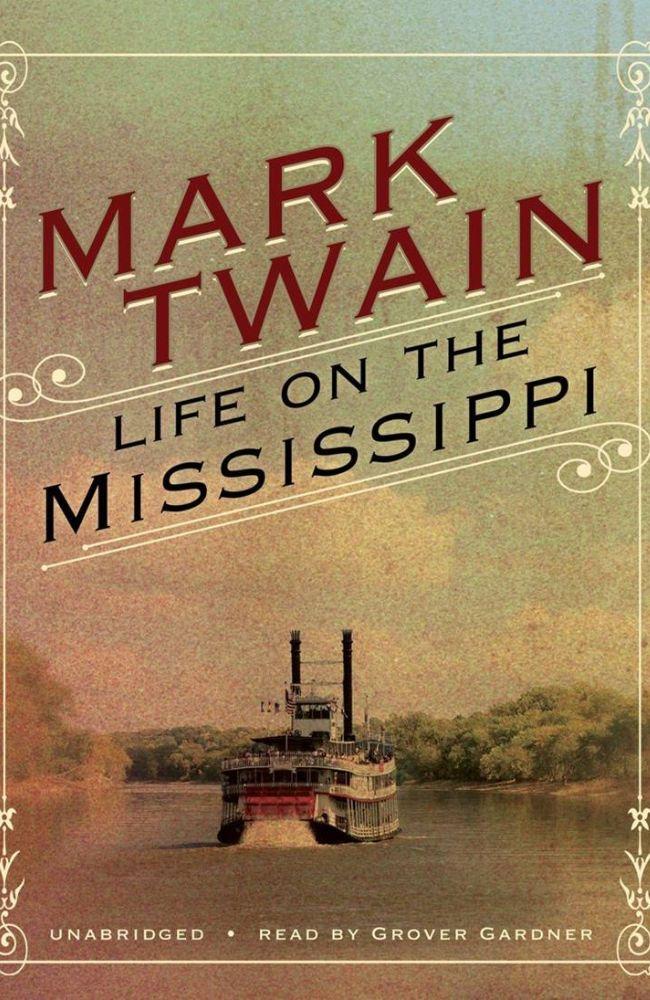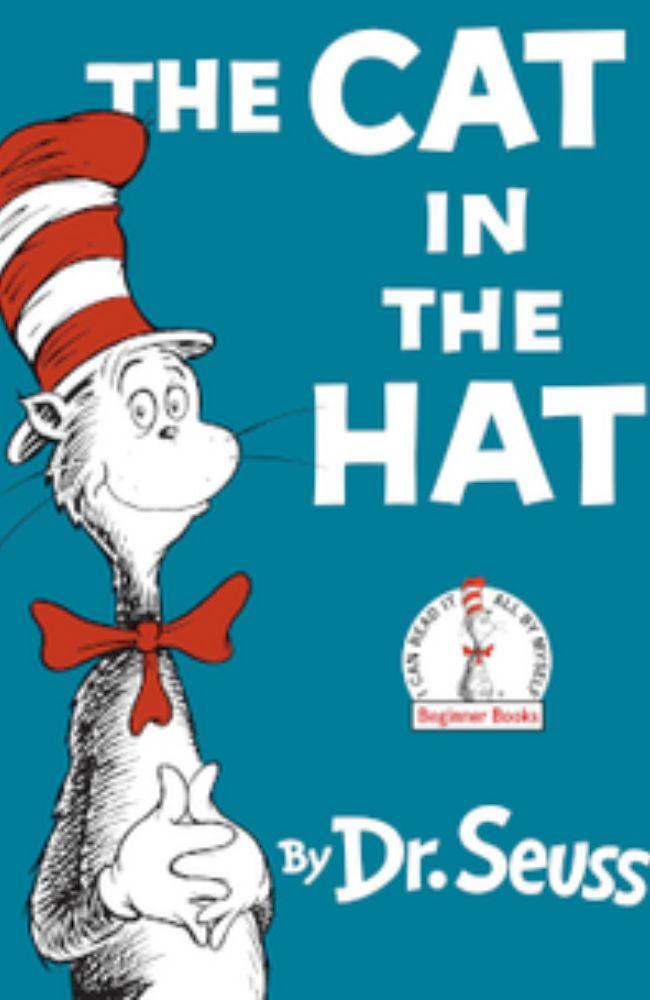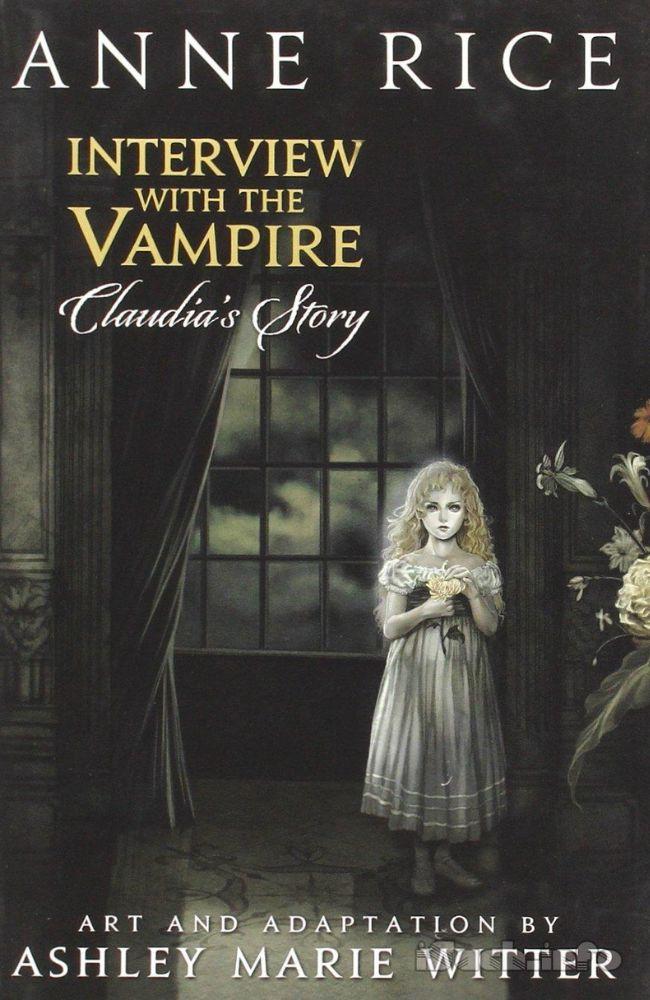Discover the top 10 famous pen names and the real authors behind them. Uncover why they used pseudonyms and how their hidden identities shaped literary history.
Many of history’s greatest writers have hidden behind pen names. It might surprise you that the works you love weren’t signed by their real authors. But why do famous writers choose pseudonyms? From avoiding societal judgment to reinventing their identity, using a pen name is often more than just an artistic choice. In this blog, we’ll dive into 10 of the most famous pen names, explore the motivations behind these names, and reveal the real identities of the writers who used them.
Now, let’s reveal the stories behind some of the most famous pen names in literary history.
Samuel Clemens, better known as Mark Twain, is a legendary figure in American literature. Known for The Adventures of Tom Sawyer and The Adventures of Huckleberry Finn, Twain’s pen name is as iconic as his works.
Clemens took the name Mark Twain from his days as a riverboat pilot. Mark Twain is a term from river navigation, meaning two fathoms deep (12 feet), the minimum depth for safe passage of a boat. This pen name symbolized the deep waters of his creativity, blending his experiences on the Mississippi River with his witty, insightful writing.

In the 19th century, it was tough for female writers to gain credibility. That’s why Mary Ann Evans chose to write under the male pen name George Eliot. Her novels, such as Middlemarch and The Mill on the Floss, are considered masterpieces of Victorian literature.
Evans wanted to escape the stereotypes and biases women writers faced during her time. Writing under a male name allowed her work to be judged on its own merit rather than through the lens of gender. By using “George Eliot,” Evans could explore complex human psychology and social dynamics, all while challenging societal norms.
Few names in modern literature are as well-known as J.K. Rowling, author of the Harry Potter series. But after the success of her fantasy novels, Rowling sought to write crime fiction under a new identity. Enter Robert Galbraith, the pen name she adopted to publish The Cuckoo’s Calling.
Rowling wanted her crime novels to be evaluated without the massive expectations linked to her name. She aimed to start fresh in a new genre, free from the shadow of Harry Potter. When the true identity behind Robert Galbraith was eventually revealed, sales skyrocketed, but Rowling's experiment with anonymity highlighted the challenges of escaping one’s literary fame.
Theodor Seuss Geisel is the man behind the beloved children’s books that shaped many childhoods. Dr. Seuss is known for his unique illustrations and playful rhymes in books like The Cat in the Hat and Green Eggs and Ham.
During Prohibition in the U.S., Geisel was caught drinking in college and was banned from contributing to the school’s humor magazine. To bypass this, he began signing his work as Seuss. Later, he added the Dr. to make it sound more scholarly, though he never earned a doctoral degree.
The pen name allowed him to write in a distinctive, whimsical style that resonated with both children and adults, making Dr. Seuss a household name.

The surreal worlds of Alice's Adventures in Wonderland and Through the Looking-Glass were created by Lewis Carroll, a pen name used by Charles Lutwidge Dodgson. Dodgson was a mathematician, logician, and photographer, but his literary works took him to a realm of fantasy.
Dodgson adopted the name Lewis Carroll because he wanted to separate his career in mathematics from his whimsical tales. Lewis is a translation of Lutwidge, his middle name, while Carroll is derived from Charles. This name allowed him to protect his academic reputation while exploring his creative side.
Known for his dystopian classics 1984 and Animal Farm, George Orwell was the pen name of Eric Arthur Blair. Orwell’s writing critiques totalitarianism and explores themes of political corruption and societal decay.
Blair adopted the pseudonym George Orwell to avoid embarrassing his family with his earlier, less politically aligned works. He wanted his literary persona to represent a voice of the common man. The name George is simple and English, while Orwell comes from a river he loved in Suffolk, England.
Stephen King, the master of horror, is one of the most prolific writers of all time. However, in the late 1970s, he worried that publishing too many books under his name might lead to backlash from readers and publishers. Enter Richard Bachman, a pseudonym under which King published novels like Thinner and The Running Man.
King wanted to test whether his books would sell on their own merit, without the Stephen King brand attached. Additionally, it allowed him to publish more than the one novel per year his publishers recommended. While the secret of Bachman’s true identity eventually came out, it was an experiment in anonymity that gave King greater creative freedom.
If you’ve read A Series of Unfortunate Events, you’ve come across the mysterious and eccentric narrator, Lemony Snicket. This persona is, in fact, the creation of author Daniel Handler.
Handler used the pen name Lemony Snicket as both a narrator and an author. This quirky, gothic character enhanced the storytelling, giving the books a unique tone and voice. Snicket’s dark humor and moral ambiguity drew readers in, making the pseudonym a critical part of the series' charm.

The Brontë sisters, including Emily Brontë, originally published their works under male pseudonyms. Ellis Bell was the pen name of Emily, who penned the gothic masterpiece Wuthering Heights.
Like many female authors of her time, Emily Brontë used a male pseudonym to avoid the biases against women writers. She wanted her novel to be taken seriously and judged fairly. The sisters believed that by writing as Currer, Ellis, and Acton Bell, they could hide their gender and achieve more success in the literary world.
Best known for Interview with the Vampire, Anne Rice is the pen name of Howard Allen Frances O'Brien. Yes, that’s her real name, and it’s quite unusual!
O’Brien adopted Anne as a nickname and later used it as her pen name. She felt that Anne Rice had a more commercial appeal for a writer of gothic and supernatural fiction. The simple, elegant pseudonym fits the dark and romantic tone of her novels.

Next, let's briefly discuss why authors might choose to adopt a pen name so we have the famous pen names above:
These famous pen names aren’t just a tool for privacy or reinvention - they shape how we perceive authors and their works. These famous pseudonyms have allowed writers to create new identities, escape societal constraints, or simply have fun with their readers. Whether it’s Mark Twain’s nod to his riverboat days or George Orwell’s desire to represent the common man, author pen names have added layers of intrigue to some of the most iconic works of literature.